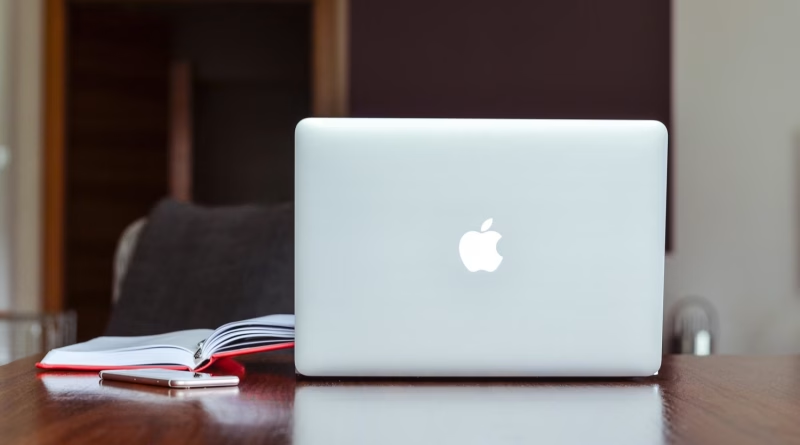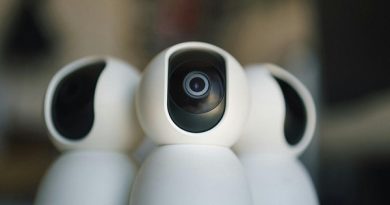The Rise of Foldable Tech: Are Foldable Laptops the Next Big Thing?
First, they came for our phones. The concept of a screen that could bend in half went from a wild science-fiction dream to a mainstream, if premium, product category. Now, that same groundbreaking technology is scaling up, and it’s aiming for our briefcases and backpacks.
Enter the foldable laptop.
We’re not talking about a traditional clamshell laptop. These are futuristic devices with a single, massive OLED screen that can be folded down the middle. They promise a new level of versatility—a device that can be a tablet, a traditional laptop, or a massive portable monitor, all in one.
Pioneered by Lenovo with its ThinkPad X1 Fold and now being adopted by other major players like HP and Asus, this new form factor is undeniably cool. But after the initial “wow” factor fades, we have to ask the hard question: Is the foldable laptop a genuine solution for the future of portable productivity, or is it a niche, expensive gimmick?
The Promise: A Shape-Shifting All-in-One
The core appeal of a foldable laptop is its incredible versatility. It’s a single device that can transform to fit your specific need at any given moment.
- Tablet Mode: Unfolded completely, it’s a massive 16 or 17-inch OLED tablet, perfect for watching movies, presenting to a client, or reading documents.
- Laptop Mode: Bend the screen to a 90-degree angle. The bottom half can display a digital keyboard and trackpad, turning it into a compact laptop. Or, for a better experience, you can place a slim, magnetic physical keyboard over the bottom half of the screen, giving you the feel of a traditional 12-inch ultraportable.
- Desktop Mode: Unfold it completely and prop it up on its built-in kickstand. Paired with an external keyboard and mouse, it becomes a stunning, large desktop monitor, perfect for a hotel room or a small workspace.
This is the dream: one device that replaces your tablet, your laptop, and your portable monitor.
The Reality: The High Price of Innovation
While the promise is compelling, the reality of the first few generations of foldable laptops in 2025 comes with some significant trade-offs.
- The Staggering Price Tag: This is the biggest barrier. These devices are luxury items, often starting at $2,500 and going up to $4,000. For that price, you could buy a high-end traditional laptop and a high-end tablet.
- Durability Concerns: Just like with early foldable phones, questions about the long-term durability of a large, flexible screen remain. While the technology has improved, the crease down the middle of the screen is still visible from certain angles, and the risk of damage is higher than with a standard laptop.
- The Software Experience: Windows and its ecosystem of apps are still playing catch-up to these new form factors. The experience of switching between modes, using the on-screen keyboard, and managing window layouts is not always as seamless as it needs to be.
- Performance Compromises: To keep these devices thin, light, and thermally manageable, they typically use lower-power mobile processors. You are not getting the same level of performance you would from a traditional laptop at the same high price point.
The Verdict: Niche Novelty or the Next Big Thing?
In 2025, the foldable laptop is an incredible piece of technology that feels like a genuine glimpse into the future of computing. It is a stunning “halo product” that showcases the pinnacle of engineering.
However, for the vast majority of users, it is still a niche novelty. The high price and the compromises in performance and durability make it hard to justify over a traditional high-end ultrabook.
The foldable laptop is not the next big thing… yet. It’s currently in the same position foldable phones were in a few years ago: an exciting, expensive product for early adopters who are willing to pay a premium for a taste of the future. As the screen technology becomes more durable and the prices inevitably come down, this versatile form factor has a real chance to become a mainstream category. But for now, it remains one of the coolest, most futuristic, and hardest-to-recommend products on the market.




